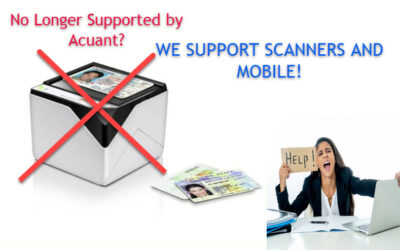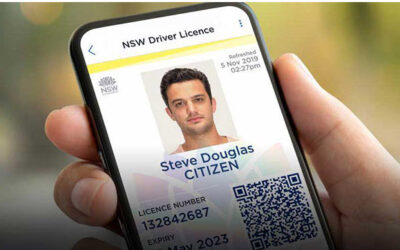The healthcare industry is a complex web of public and private providers, brimming with thousands of intricate relationships and components. Any disruption in operations can have unintended consequences throughout the surrounding ecosystem, and every component is crucial to its efficiency.
Maintaining this network of systems is a difficult task, and administrators are constrained by pain points such as security issues, protected health information (PHI), time consumption, and human error. With new tools derived from cutting-edge document imaging software technology, however, healthcare providers are finding better and faster ways to serve their partners and patients.
As we transition into a digitized future, taking advantage of this innovative healthcare solution is vital for continued efficiency and growth.
Saving Time
Normally, saving time in healthcare comes with caveats, and providers seeking to minimize minutes wasted are forced to cut corners and take shortcuts. When equipped with a capable document imaging system, however, healthcare professionals can accelerate and streamline their most important workflows— no sacrifices required.
But where exactly does all this time go? While specific problem areas for time management tend to vary from provider to provider, there are a few common themes. For example, many healthcare providers spend a disproportionate amount of their time navigating between data management solutions. Less than a quarter of medical professionals use a single, consolidated IT system, forcing them to hop between software solutions in an effort to gain a holistic view of patient information. In many cases, staff members must also be trained to use this technology, resulting in additional complexity and delays. All in all, this convoluted mess often leads to longer waiting times for patients, translating into stress, frustration, and even a number of more severe economic repercussions.
While some of the available data is already digitized, there are organizations that still scan medical claim forms and other documents. Fortunately, advancing data capture technologies offer a promising future for healthcare providers struggling with these issues. For example, smart document automation tools like DocMax use sophisticated machine learning and character recognition algorithms to capture and extract information from standard medical forms and files. To help keep data integrity and accuracy, the system integrates business rules and lookups that automate the capture process by ensuring the information in the system matches what was extracted from the documents.
By rapidly reading and organizing data from millions of pages per year, solutions like DocMax enable healthcare providers to eliminate thousands of hours of wasted labor, cutting down on cost and complexity at every corner.
Ensuring Security
Given the sensitivity of patients’ personal information, it’s easy to see why security is such a massive pain point for many healthcare providers. From contact tracing to invoicing and billing, medical professionals are constantly tasked with the challenging balancing act of protecting both a patient’s health and their privacy. In response to these challenges, privacy protection standards like HIPAA have emerged, prompting healthcare providers to exercise even greater care when managing patient identity information. In this environment, there’s no room for mistakes. From both an ethical and a regulatory standpoint, security is non-negotiable.
Over the course of the pandemic, the ability to read an ID from ID readers or Mobile has played a crucial role in contact tracing efforts— but they also pose some of the biggest security risks. A generic ID reader will scan and capture identity data, then store it locally on the device itself. Unfortunately, this approach leaves a number of security gaps, and any malicious actor with access to the device could potentially exploit this sensitive information. With mobile solutions like idMax, however, healthcare providers can conveniently capture identity data with a smartphone or tablet and instantly upload it to a secure cloud platform, mitigating the danger of this attack vector.
Thanks to the technology powering idMax, OCR Solutions has been able to integrate these best-of-class security measures into a variety of other data capture solutions, including FaceMax (a high-accuracy facial recognition engine) and CaptureMax (a holistic solution for COVID-19 contact tracing).
By prioritizing safety and security, OCR has empowered healthcare providers around the world to closely monitor and manage the COVID-19 pandemic— without sacrificing their high standards of patient care.
Customized Document Imaging Software
As innovation and modernization in the healthcare industry continues to explode, providers will encounter an increasing number of software firms offering the document imaging technology we’ve discussed. In undertaking such a critical transformation, however, it’s important to hire a qualified team, capable of customizing these solutions to your organization’s specific needs. Cookie-cutter platforms simply won’t hit the mark— every provider is different, and medical professionals need an IT consultant they can rely upon and trust.
With these requirements in mind, there’s no question that OCR Solutions is the perfect partner for the job. With a special focus on customization and customer service, the OCR team is skilled at bringing tailor-made technology to the market, and we’re ready to take your software systems to the next level. If you’re prepared to take the leap into an innovative new document imaging solution, OCR Solutions is here to help.




